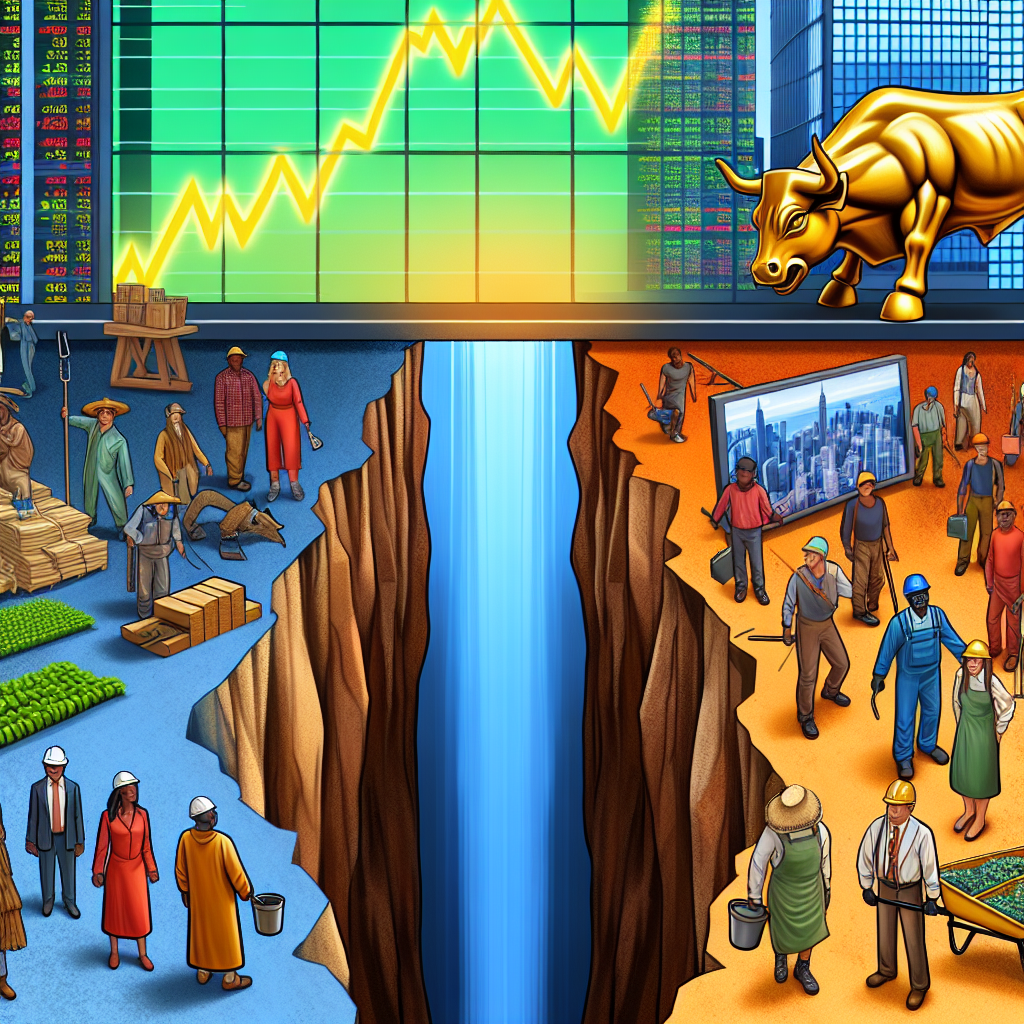While financial markets continue to rise, a deeper examination reveals a much more precarious future. Many investors caution that Wall Street is overlooking significant cracks in the U.S. job market and the broader economy, a disconnect that has historically led to major issues.
The Discrepancy in Wall Street’s Outlook
Historical trends reveal a recurring theme. As EndGame Macro observed, when job openings decrease and unemployment rises, the stock market often continues to climb—until reality catches up.
In past episodes, notably in 2001, 2008, and 2020, stock prices remained resilient due to optimism surrounding Fed interventions or notions of a “new era,” only to plummet when disappointing job data began affecting corporate profits. Typically, this “catch-down” occurs within 6-12 months and:
“It wasn’t a soft landing; it came with a sharp decline and a recession.”
We are witnessing a similar scenario today. The employment figures for August were significantly weaker than anticipated, with only 22,000 jobs added and the unemployment rate rising to 4.3%.
Conversely, the S&P 500 trades near all-time highs. The optimism on Wall Street is largely based on expectations of imminent Fed rate cuts, easy liquidity, and the relentless drive of tech stocks.
Currently, markets seem to be “buying time,” under the impression that central banks will resolve all issues, but the labor market is already showing signs of distress.
Companies are curbing hiring, and long-term unemployment is on the rise. Once negative labor reports start impacting corporate earnings, Wall Street tends to react swiftly, typically in a pronounced manner.
This divide between Wall Street’s optimism and Main Street’s reality is not viable. Although Fed rate cuts may soften the blow or even trigger short-lived rallies, history indicates that deteriorating job data generally prevails, leading to lower stock prices as analysts revise their profit forecasts.
The Potential for a Swift Correction
The current rally on Wall Street is driven by liquidity hopes rather than robust fundamentals. In previous cycles, such disconnects have resulted in painful corrections when markets finally align with economic realities.
Beyond stocks, Bitcoin and the broader cryptocurrency market have reacted swiftly to these macroeconomic cues. In early September, as weak employment figures ignited hopes for rate cuts, Bitcoin surged beyond $113,000.
With PPI and CPI data affirming expectations this week, the likelihood of a rate cut at the upcoming Federal Reserve meeting stands at over 90%, and the market is anticipating increased liquidity, with Bitcoin trading above $116,000 and Ethereum exceeding $4,700 at the time of writing.
Digital assets reflect macroeconomic trends; as the real economy slows and central banks provide support, traders gravitate toward risk assets and inflation hedges like Bitcoin.
If past patterns hold, a rapid correction in equities could prompt more investors to turn to Bitcoin and cryptocurrencies, both as a hedge and as speculative investments in response to monetary easing.
Weakening labor markets, increased Fed stimulus, and persistent dollar risks create an environment where digital assets emerge as attractive alternatives to traditional stocks.
Investor sentiment may shift from pursuing tech stocks to seeking stability in “hard money” such as Bitcoin and gold if recession risks materialize.
One thing is clear: Wall Street is increasingly out of sync with Main Street. While stocks might remain elevated for a few more months, sluggish job numbers and deteriorating employment trends have a history of reversing market exuberance.
Traders relying on Fed support might not recognize impending troubles immediately, but when the gap closes, it can occur rapidly.


